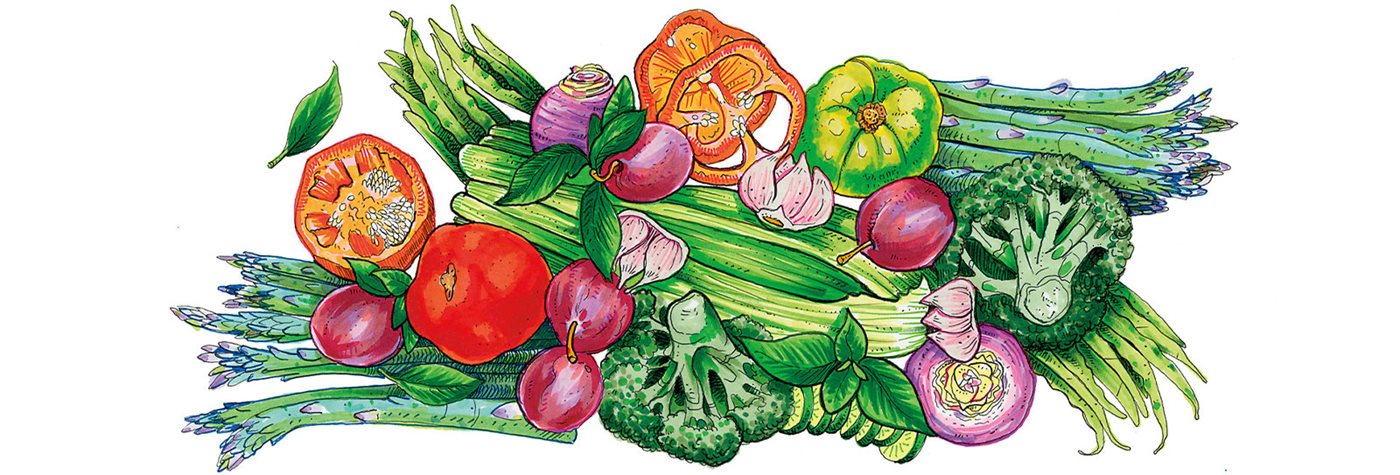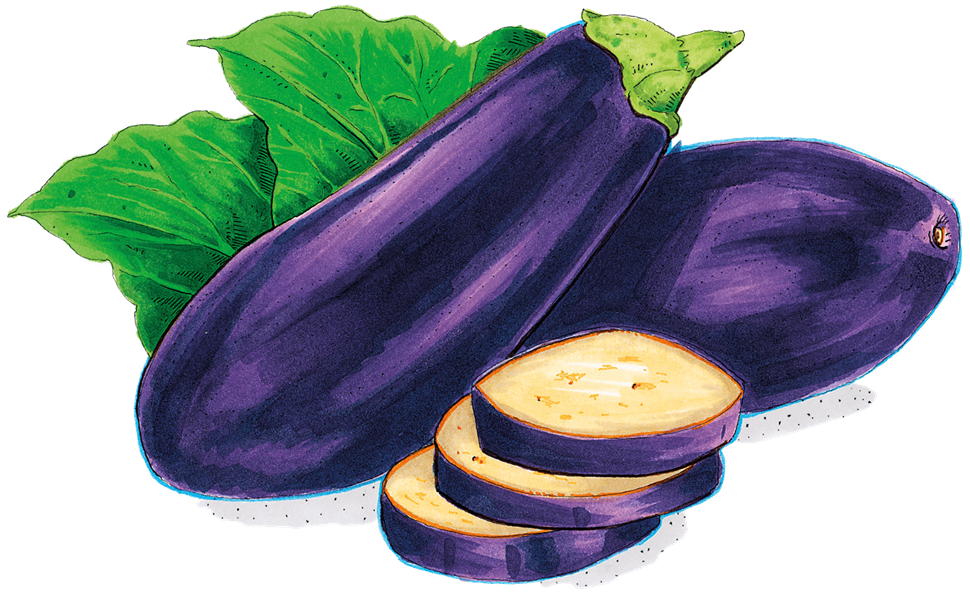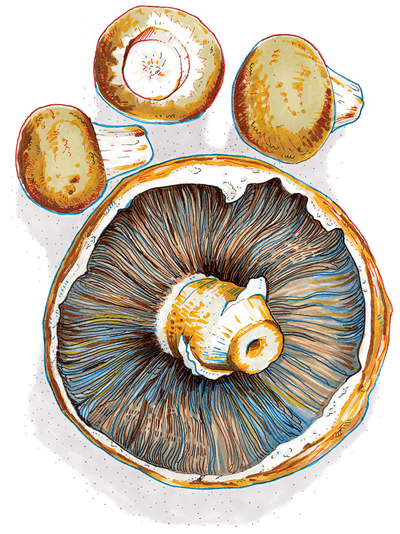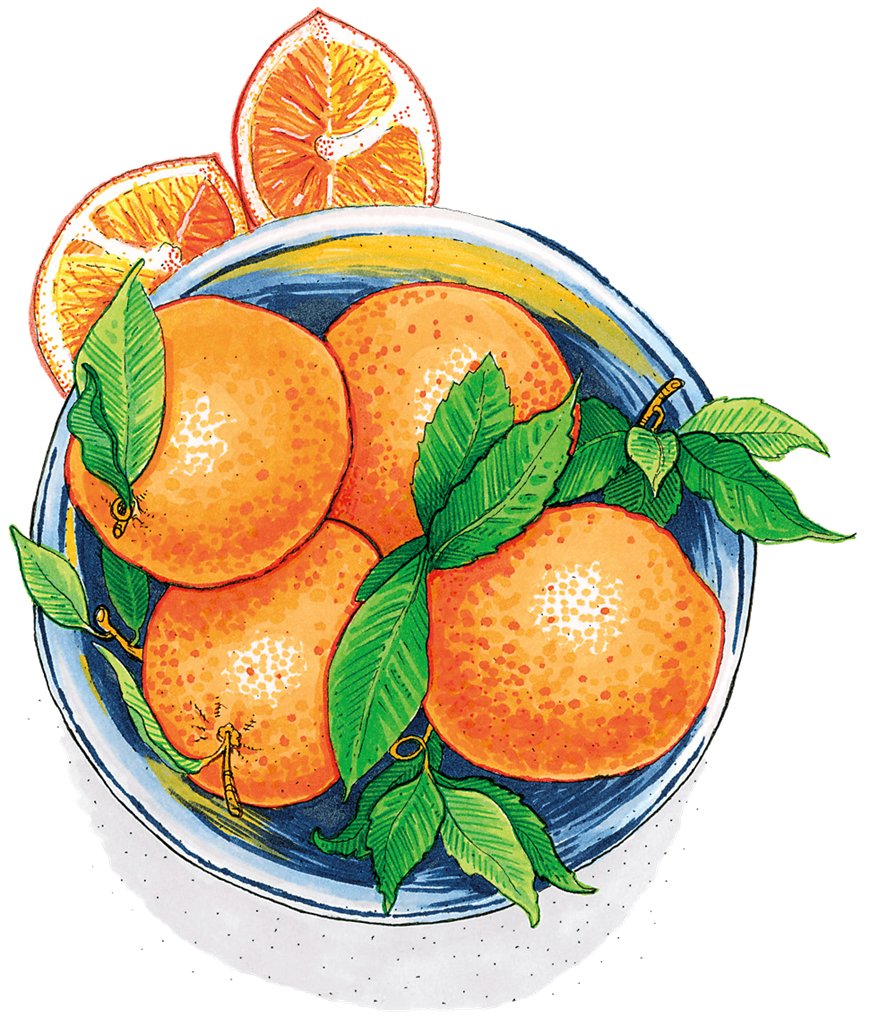Veganism in the region
The Sweetness of My Middle Eastern Vegan Kitchen

Global September 01, 2021 - By
The dish is famous in kitchens across the Middle East. My mother taught it to me, and tonight I am preparing it for my family. Taze Fasulye—fresh bean casserole—has proven to be a rich, nourishing comfort food amid duress over the past year. But in my kitchen, the butter and lamb my mother used have been replaced by my olive oil and chickpeas.
I am far from the only cook in the Middle East choosing to replace dairy, meat and other animal products with plant-based ingredients. The headlines and news features tell me it’s a growing trend across this part of the world, too. What once had a reputation for bland flavors and strict rules has become abundant, delicious and popular, especially among the younger generations.
Last year the California-based trade group Plant-Based Foods Association released data showing that plant-based food sales in the United States increased 90 percent over the previous year and were outpacing conventional retail food sales by 35 percent. Across the Middle East and Africa, according to a 2019 report by UK-based Triton Market Research, the meat substitutes market is expected to grow annually over the next six years at a fraction under 10 percent. The same report details the rise in vegan cafes and restaurants in the region that parallels growing consumer access to plant-based food products. This year, Veganity, which claims to be the world’s largest vegan restaurant, opened in Dubai with a menu of more than 200 choices.
This trend is especially significant because Middle Eastern and Mediterranean food, the cuisine I grew up on, so often features meat and fish. However, a number of the region’s most famous foods have always been plant-based: hummus, the chickpea-based dish that is popularly consumed as a spread, dip or a base for sandwiches; falafel, a classic street food that usually comes as a deep-fried, spiced ball of either ground chickpeas or fava beans; kushari, the Egyptian comfort bowl of lentils, rice, chickpeas and tomato sauce topped with crispy onions; baba ghannouj, grilled eggplant mixed with tahini, olive oil and seasoning topped with pomegranate seeds; and tabbouleh, a salad made of finely chopped tomatoes, mint, onions, burghul and parsley.
As I have attempted over the past year to reimagine my mother’s home cooking (and add inventions of my own), I have found it relatively easy to make adaptations. I’ve also found it’s healthy. And perhaps most of all, it’s changed the way I experience food: It tastes better than ever.
“Processed foods are engineered to hit a ‘bliss point’” of salt, sugar and fat “that dig into our evolutionary survival drives,” says Dr. Michael Greger, a Maryland-based author and physician specializing in clinical nutrition. He’s also a member of the Council of Directors for True Health Initiative comprised of 350 academics, surgeon generals, athletes, doctors and environmentalists in 35 countries who support plant-based eating.
I have found it relatively easy to make adaptations—and food tastes better than ever.
What many people find most surprising about plant-based eating, he says, is that after only a few days, taste buds start to readjust, and the combinations of vegetables and legumes take on an unexpected depth of flavor—even before the spices that Middle East foods are particularly famous for get taken into account.
“Vegan diets can be followed quite easily in the region,” says Hanan Sayed Worrel, a longtime resident of the United Arab Emirates and author of Table Tales: The Global Nomad Cuisine of Abu Dhabi. Worrel has been a constant guide in my meatless culinary adventures, and her expertise in the traditions of Middle Eastern cooking include the powerful role plants have played in Arab cuisine for thousands of years.
“Our dishes in the Levant have a nonmeat and nondairy option,” she says. “All the stuffed dishes like grape leaves and courgettes can be made without meat.”
So much of Arab cooking with meat is, like many other world cuisines, bound up in cultures of hospitality and holidays. For example, a guest at an Arab dinner table must by custom be offered the largest, most tender portion of meat. Eid al-Adha, the Islamic Feast of the Sacrifice, traditionally features lamb, sheep or goat for the dinner. This day is also the year’s leading occasion for zakat, or charity, one of the five pillars of Islam, which is performed by the giving and receiving of meat, from those with the means to buy it to those without.
But among the rising generation, Earth- and health-conscience choices are often top of mind, and new alternatives may emerge. A 2016 University of Oxford study published in the UK-based Proceedings of National Academy of Sciences journal found that by 2050, “food-related greenhouse gas emissions could account for half of the emissions the world” and “adopting global dietary guidelines would cut food-related emissions by 29 percent, vegetarian diets by 63 percent, and vegan diets, 70 percent.”
Worrel’s vegan adaptations of classic Middle Eastern recipes include dishes such as a simple and bright fennel and beetroot salad with tahini and dill, usually served with yogurt. She also loves cooking falafel and hummus dishes, runner beans with tomato sauce, and harira soup with mushrooms.
“My most-recent favorite is a fresh coconut drink with cashews,” Worrel says.
Reflecting on why veganism is on the rise in the region, Worrel also notes millennials’ exposure to special dietary preferences and acceptance of accommodating food restrictions.
“Now when I have dinner parties, I need to remember to ask my guests whether they have dietary restrictions. Five years ago, I didn’t have to do that,” she says.
She also notes how younger generations are growing up with a more open ethical question regarding the human relationship to other animals. For older generations, she says, meat represents culture, nourishment and stability, but younger people often see over-processed foods, health hazards and a globally shared sense of responsibility for sustainable lifestyles.






